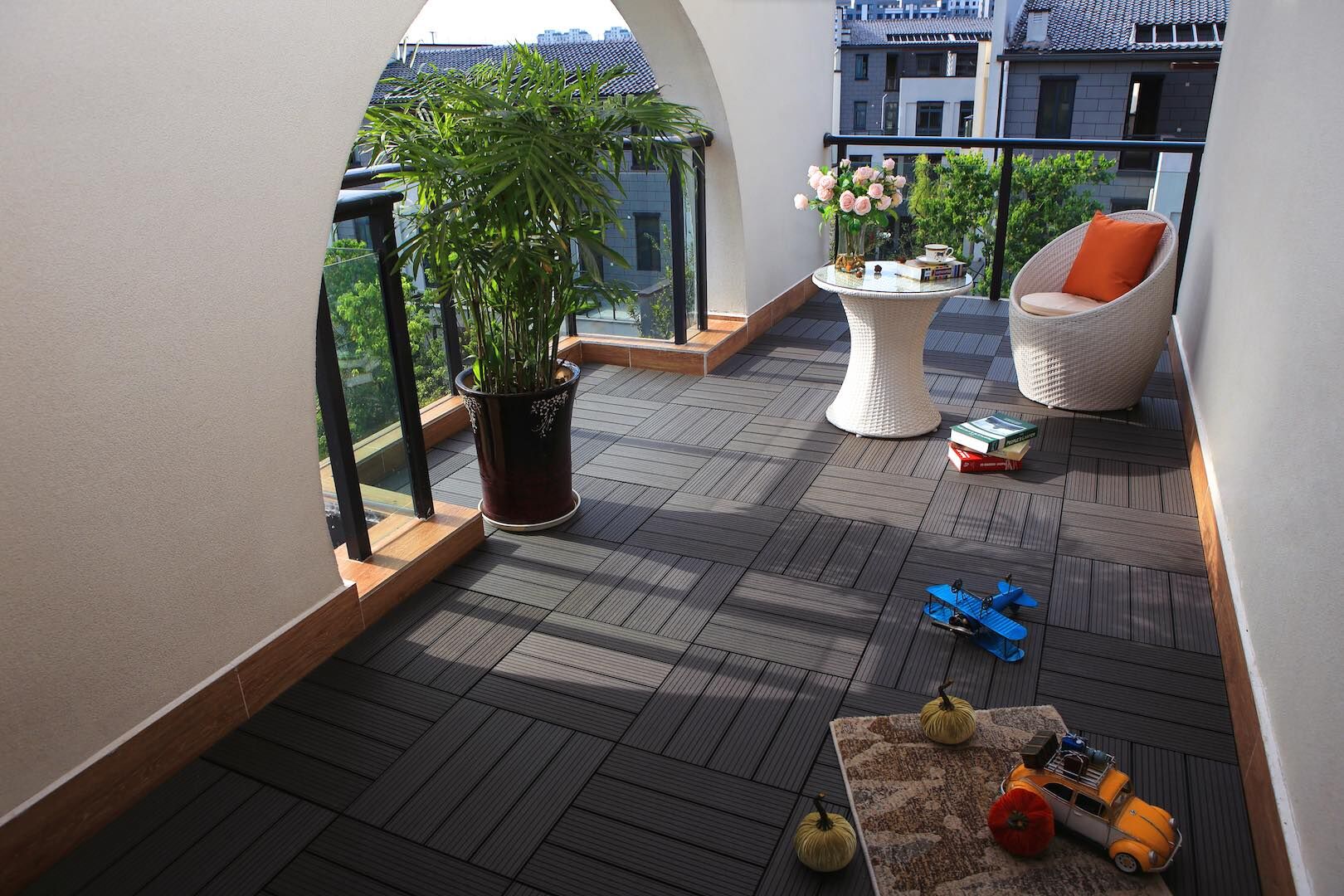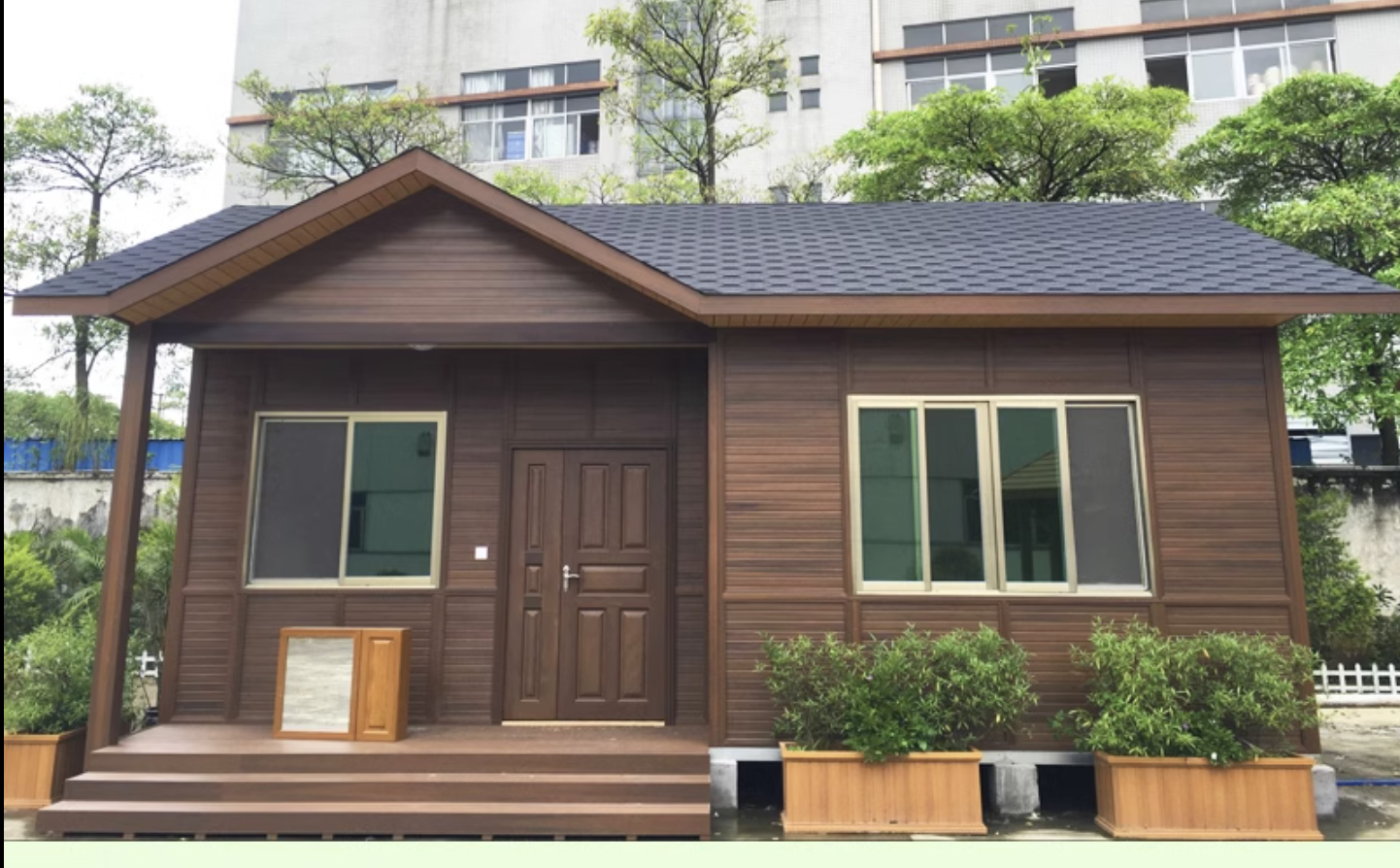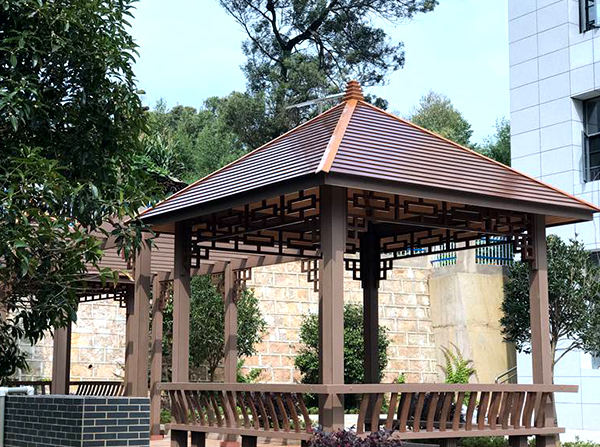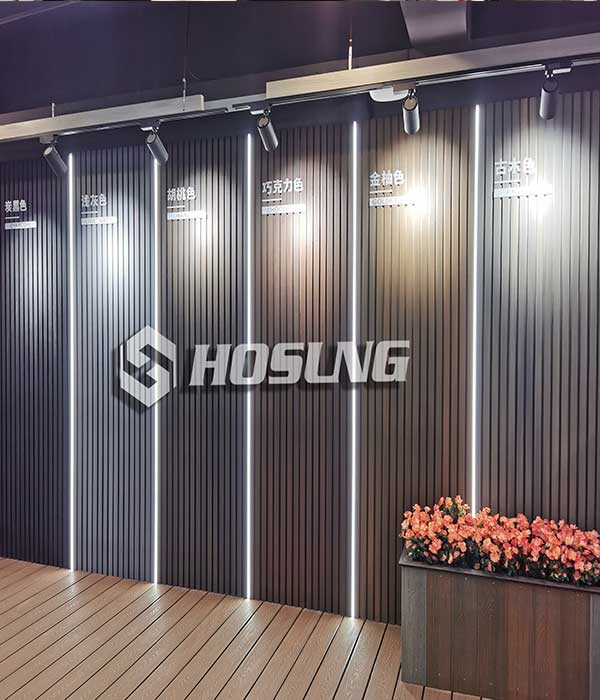
The history of China WPC (Wood-Plastic Composite) industry is a remarkable tale of innovation, sustainability, and growth. Over the past few decades, the industry has evolved from its early days as a fledgling sector to become a significant player in the global WPC market. This article explores the development history of China’s WPC industry, tracing its journey from humble beginnings to its current state of prominence.
Early Beginnings of China WPC Industry
The roots of China’s WPC industry can be traced back to the late 1980s when researchers began experimenting with blending wood fibers and plastics to create a material that combined the durability of plastic with the aesthetic appeal of wood. These early experiments laid the foundation for the development of wood-plastic composites. However, it wasn’t until the late 1990s that the industry gained traction in China.
The Turn of the Century: Pioneering Growth
As the new millennium dawned, the China WPC industry started to gain momentum. In the early 2000s, increasing environmental concerns and a shift towards sustainable materials provided the perfect backdrop for the industry’s growth. WPCs were recognized as an eco-friendly alternative to traditional materials like natural wood and PVC, as they reduced deforestation and relied on recycled plastics.
During this period, China saw the establishment of several key players in the WPC sector. Domestic companies began to invest in research and development, leading to improvements in product quality and performance. These early pioneers not only focused on perfecting the technical aspects of WPC manufacturing but also worked towards creating a market demand for these innovative materials.
Mid-2000s: Boom and Challenges
The mid-2000s marked a period of rapid expansion for the China WPC industry. The government’s support for environmental initiatives and the construction sector’s growing interest in sustainable materials further propelled the industry’s growth. WPC products found applications in various sectors, including construction, automotive, and furniture.
However, this phase also brought about challenges. Quality control became a concern, as varying manufacturing standards resulted in inconsistencies in product performance. There were instances of products deteriorating prematurely due to subpar production techniques. These challenges prompted industry players to adopt stricter quality standards and invest in research to enhance product durability.
Towards Modernization and Maturity
As China’s manufacturing capabilities improved and the demand for high-quality, sustainable materials grew, the WPC industry underwent a phase of modernization and maturity. Advanced production technologies and stricter regulations on materials sourcing contributed to the industry’s transformation.
One of the significant milestones during this period was the development of co-extrusion technology. This innovation involved layering different materials during the extrusion process, resulting in WPC products with enhanced durability, weather resistance, and aesthetics. Co-extrusion technology not only increased the lifespan of WPC products but also expanded their range of applications.
Global Recognition and Future Prospects
China’s WPC industry has now earned global recognition as a leader in the field. The country’s manufacturers have become proficient in producing high-quality, innovative WPC products that cater to diverse market demands. As sustainability continues to be a driving force in the construction and manufacturing sectors, the China WPC industry is well-positioned to capitalize on these trends.
Looking ahead, the industry’s future prospects remain promising. The ongoing research and development efforts in WPC technology are expected to yield even more advanced and sustainable materials. Collaboration between industry players and academia will likely lead to breakthroughs in areas such as material composition, product design, and manufacturing processes.
The journey of China’s WPC industry from its early experimental stages to its current state of prominence has been a testament to the power of innovation and adaptability. As the industry overcame challenges and embraced technological advancements, it solidified its position as a significant contributor to both the domestic and global markets. The China WPC industry’s development history serves as an inspiring narrative of how sustainable practices and continuous improvement can shape an industry and contribute to a more environmentally conscious future.








